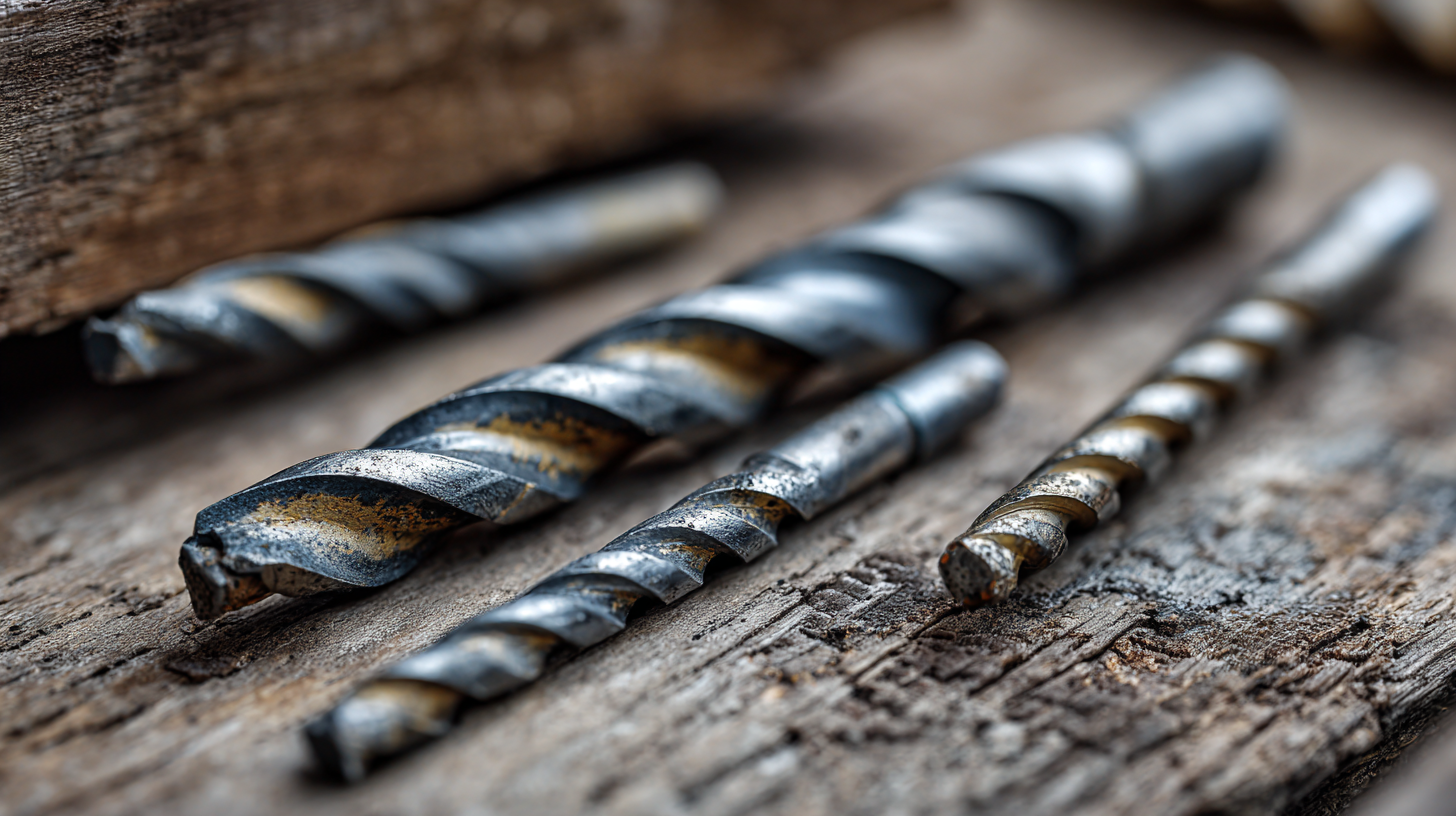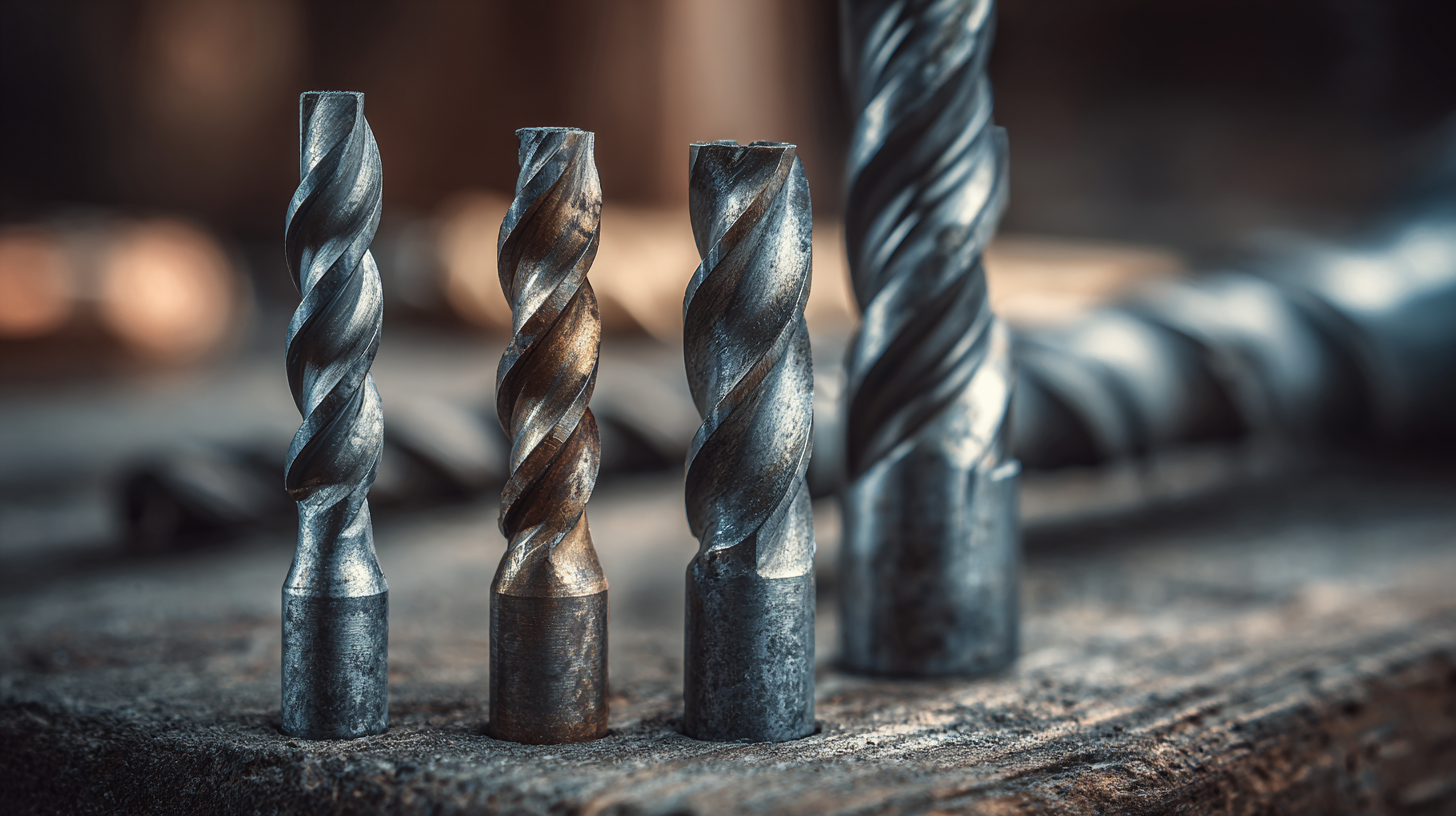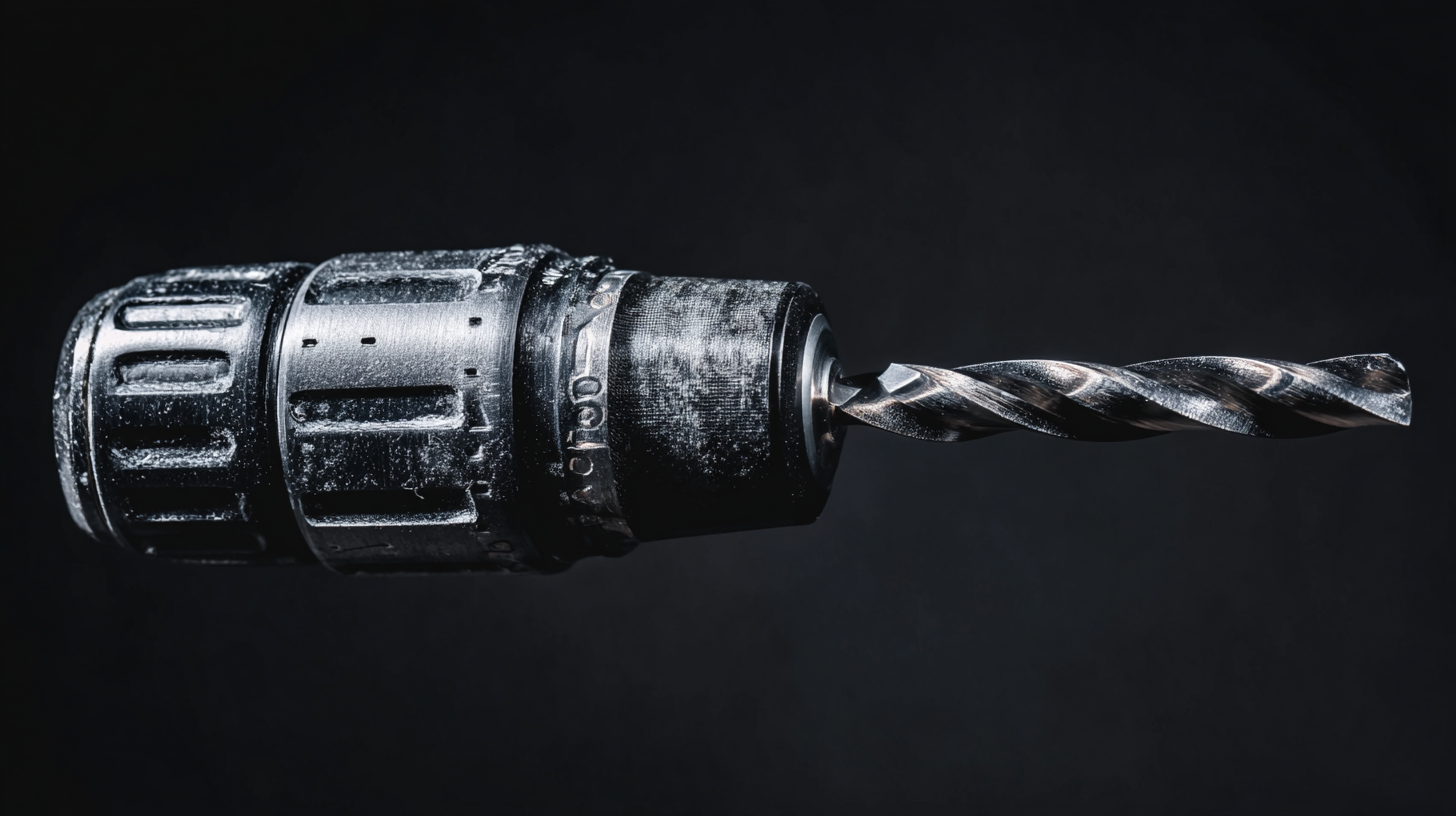When embarking on DIY projects and home renovations, the choice of tools can significantly influence the outcome of your work. Among these tools, the Electric Drill Bit stands out as a vital component that can enhance efficiency and precision. According to a report by Research and Markets, the global electric drill market is projected to reach $5.2 billion by 2025, reflecting a growing interest in home improvement and professional construction. The right Electric Drill Bit not only ensures optimal performance but also minimizes wear and tear, which is essential for maintaining tool longevity. With various types and materials available, understanding the specific requirements of your projects can lead to better decisions, ultimately resulting in successful renovations and satisfied homeowners. This guide aims to navigate through the intricacies of selecting the best Electric Drill Bit tailored to your DIY endeavors.

When embarking on DIY projects or home renovations, selecting the right electric drill bit is crucial for achieving optimal results. Different materials require specific drill bits to ensure efficiency and prevent damage. For wood, a twist bit or spade bit can be ideal, as they allow for clean and precise holes without splintering. On the other hand, when working with metal, cobalt or titanium-coated bits are recommended, as they provide the necessary durability and heat resistance to penetrate harder surfaces.
For masonry tasks, such as drilling into concrete or brick, a masonry bit is essential. These bits, often tipped with carbide, are specifically designed to handle the tough nature of stone and masonry materials. Additionally, when considering plastics or composite materials, standard high-speed steel bits may suffice, but it’s wise to opt for bits designed to reduce heat generation, which can melt these softer materials. Understanding the compatibility between drill bits and materials not only enhances performance but also ensures the longevity of both the tools and the projects at hand.
This chart illustrates the effectiveness of different types of electric drill bits for various materials commonly used in DIY projects and home renovations. The performance is measured based on user satisfaction ratings.
When embarking on DIY projects and home renovations, it's crucial to select the right drill bit to achieve the best results. There are various types of drill bits, each designed for specific materials and applications. For instance, twist drill bits are versatile and can be used on wood, metal, and plastic, making them a great starting point for any DIY enthusiast. Their sharp tip allows for precision drilling, ensuring clean holes without damaging the surface.
For projects involving masonry, masonry bits are essential. These bits feature a carbide tip that can easily penetrate brick, concrete, and other hard materials. Similarly, wood drill bits, such as spade and brad-point bits, are specifically designed to create clean holes in wood without tearing the fibers.
Understanding the differences between these drill bits and their intended uses will empower DIY enthusiasts to make informed choices, enhancing the quality of their work and minimizing frustration during their home improvement endeavors.
Maintaining your electric drill bits is crucial for ensuring optimal performance and longevity during your DIY projects and home renovations. One essential tip is to regularly clean your drill bits after each use. Debris and material buildup can lead to reduced efficiency and even damage. Simply wiping them down with a cloth or brushing off any residue helps keep them in top condition and ready for your next task.

When selecting the best electric drill bit for your DIY projects and home renovations, there are several key features to consider that can significantly enhance your drilling experience. First and foremost, the material of the drill bit plays a crucial role in its performance and durability. High-carbon steel bits are ideal for softer materials, while cobalt and titanium-coated bits are better suited for harder surfaces, providing longevity and precision.
Another important feature to look for is the drill bit's design. Spiral flutes facilitate the removal of debris and prevent overheating, which is essential for maintaining efficiency. Additionally, a sharp cutting edge will improve drilling speed and reduce the overall effort needed, making your projects smoother and quicker.
Tip: Always choose a drill bit size that matches the diameter of the screws or fixtures you'll be using to ensure optimal performance and prevent damage to your materials.
In terms of compatibility, ensure your selected bits fit your electric drill securely. A versatile set that includes various sizes can significantly benefit DIY enthusiasts, allowing for flexibility in tackling different projects without the need for constant replacements.
Tip: Storing your drill bits in an organized case can extend their life and help you easily find the right bit for each job.
When using electric drill bits for DIY projects or home renovations, many beginners often fall into common traps that can lead to frustrating results. One prevalent mistake is selecting the wrong drill bit for the material being used. For instance, using a wood bit on metal can cause damage to both the material and the drill bit itself. According to industry reports, mismatched drill bits account for over 30% of drilling errors among DIY enthusiasts, highlighting the importance of understanding the correct bit types for various materials.
Another frequent oversight involves the improper application of pressure while drilling. A study indicated that applying too much pressure can cause the drill bit to overheat, leading to premature wear and potential breakage. Experienced contractors recommend starting with light pressure and gradually increasing as needed, which not only prolongs the life of the bit but also improves the quality of the hole being drilled. Furthermore, neglecting to regularly check the sharpness of the drill bit can result in unnecessary strain and inefficiency, with statistics showing that blunt bits can increase drilling time by nearly 50%. By recognizing and avoiding these mistakes, DIYers can ensure smoother projects and longer-lasting tools.








